8 quirky creative imprints that LG has brought to the smartphone market
- Tram Ho
It’s been a year since LG decided to leave the smartphone business it was in for more than a decade. During their time in the market, LG has brought a number of impressive innovations to their products, including an ultra-wide-angle camera, manual video mode, and the first phone with a capacitive touchscreen.
However, the Korean company also has a number of innovations that are not very successful and here are 8 quirky innovations that LG has brought to the smartphone market.
Modular phone
With the LG G5 launched in 2016, LG made a big change compared to traditional smartphones of other brands, the company switched to using a modular design. The bottom of the phone can be pulled out to change the battery, but not only is it possible, this phone offers a lot more.
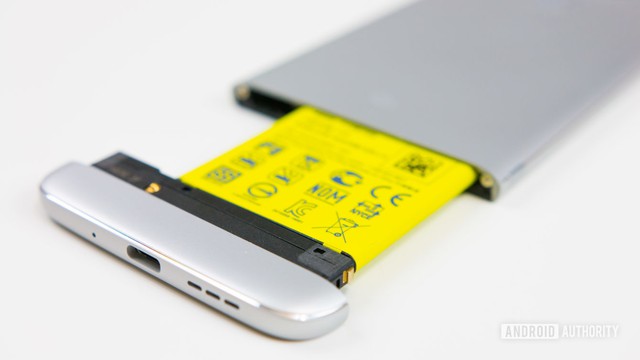
Users can attach a number of modules to this slot, such as a camera handle and Hi-Fi DAC. Unfortunately, the number of modules is not much and LG quickly abandoned this development direction because of poor sales.
Other companies, such as Motorola, also offer smartphone modules, but all choose to use magnets instead of the slide-out way to replace the module. But this trend did not last and today only the Fairphone line continues to use the module.
Secondary screen
LG first experimented with a secondary display with the V10 in 2015, which features a small screen that sits separately above the main screen and has some handy functions. V20 launched in 2016 is still equipped with this screen. The functions of this screen include showing application shortcuts, notifications, calendar, music controls, browser tabs, signatures, etc.
By the time the G6 was released in 2017, it was clear that LG found the secondary display unappealing to users. The G6 came out with an 18:9 aspect ratio screen without a secondary display.
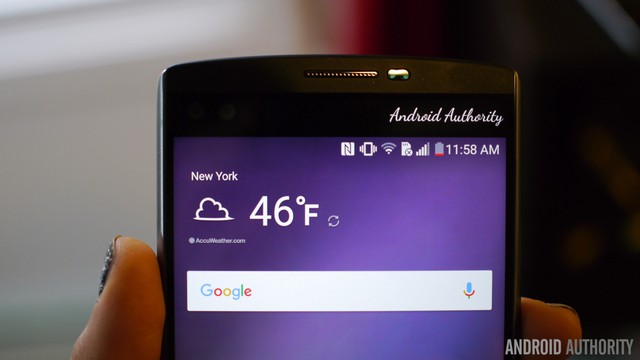
However, the idea of the secondary screen is still used today, but different from LG’s way. For example, the Mi 11 Ultra has a secondary screen in the rear camera cluster, helping users to take high-quality selfies with a powerful camera system, or the Z Fold3 has a convenient secondary screen to quickly view information when the device is folded. .
The company tried a different approach in 2019 when it launched the LG V50 with a Dual Screen case. This particular case contains another display, giving the user a Surface Duo-like experience. The company has continued to offer this display on the G8X and V60.
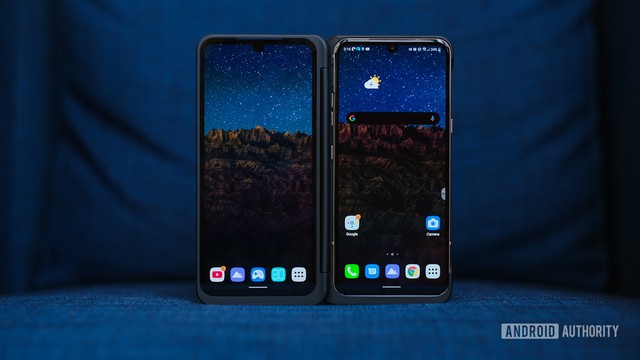
LG’s last dual-screen smartphone project was the ill-fated Wing, introduced in late 2020. The phone has a square-shaped secondary screen at the bottom that you have to rotate the main screen above to show it. This is a novel idea, allowing you to run one app on each screen (e.g. texting on the small screen and watching YouTube on the big screen).
Power and volume buttons on the back
Another memorable innovation from LG was the decision to move the power and volume buttons to the back of some phones. The company debuted this layout on the LG G2 back in 2013, with the power button located between the two volume buttons.
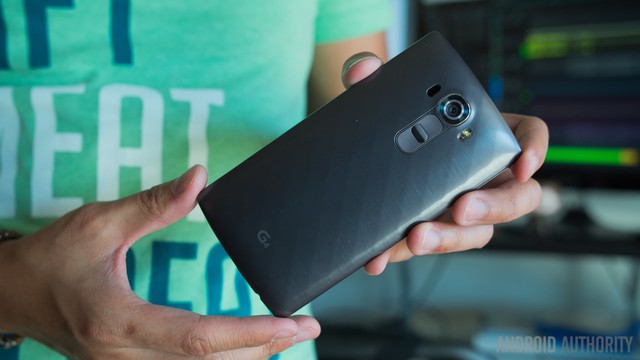
It was a pretty nifty idea and became the hallmark of the early G series. LG continued to use this layout until the LG G5 (2016), when the company moved the volume keys to the side but left the power button on the back and added a fingerprint sensor there.
The LG G7 shows that the company has accepted changes to better suit user tastes, all the power and volume buttons have been moved to the side. However, the power and volume buttons arranged on the back are still LG’s hallmarks for many years.
Knock code
When biometric authentication was still not the norm on smartphones, manufacturers relied on pattern unlocking or PIN codes to keep phones secure, but LG has a rather odd alternative below. typing code.
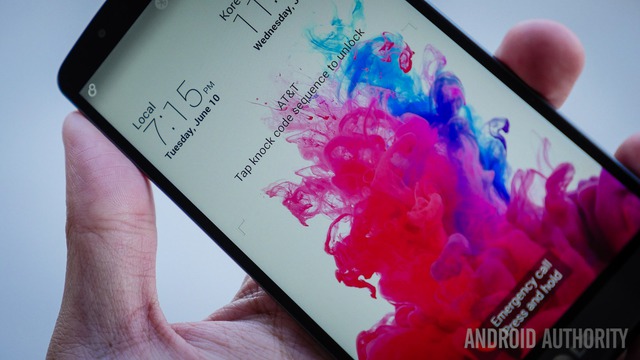
This security feature allows the phone to be unlocked by touching certain areas of the screen in sequence. Unlike other cryptographic security features, knock codes still work when the screen is off.
LG’s knock code was quickly overshadowed by the arrival of the fingerprint sensor, but it’s still a great idea at a time when biometric authentication is uncommon or unreliable.
Vertically curved screen
Curved screens are common on high-end smartphones – Samsung, OnePlus, Xiaomi and many others use curved screens. However, all of these phones have curved screens on the left and right edges. LG had a very different idea.
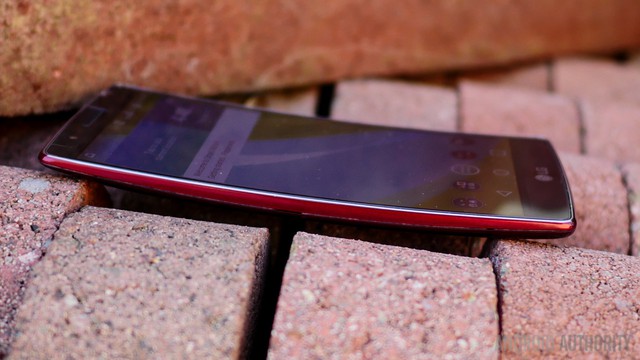
The LG G Flex has an OLED display that curves slightly from top to bottom, giving the phone a unique look. LG continues to use this screen on the G Flex 2 and G4, but with less curvature. However, LG did not pursue this technology for too long. The vertically curved screen disappeared after the G4.
Hand ID
By 2019, the smartphone industry had accepted fingerprint authentication, face unlock. However, LG realizes that there is still room for another type of biometric authentication on the LG G8.
The G8 introduced Hand ID technology, using a 3D ToF camera and an IR sensor on the front. The technology promises to read the veins in your palm to verify your identity and unlock your phone.
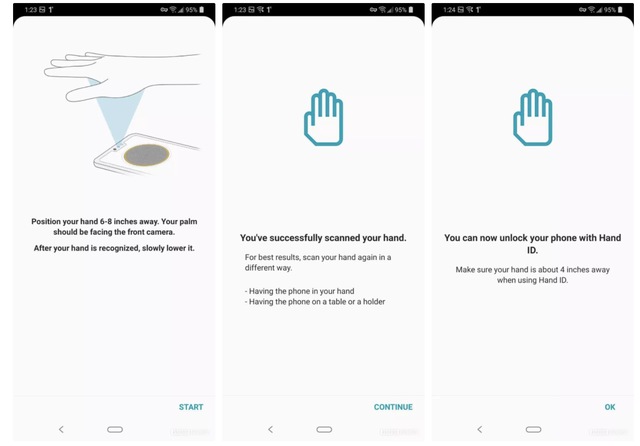
Unfortunately, the unlocking process is difficult and slow when you have to slowly lower your hand to the phone. According to AndroidAuthority, the feature only works about 20% of the time. In other words, there’s no reason to use the feature because there’s fingerprint unlock or 3D face unlock, both of which are faster and more accurate.
LG also uses a 3D ToF camera for the Air Motion feature, similar to what the Galaxy S4 used to do, by allowing you to interact with the phone without actually touching it. But the technology is as complex as Hand ID, requiring the user to first hold their hand 10 cm away and then perform a hand rotation 15 cm away.
Speaker “Boombox”
The Boombox speaker launched with the LG G7 ThinQ, the phone only has a single speaker on the bottom, but it uses the space inside the machine as a resonant chamber to increase the volume when the phone is placed on an empty box or a hard surface.
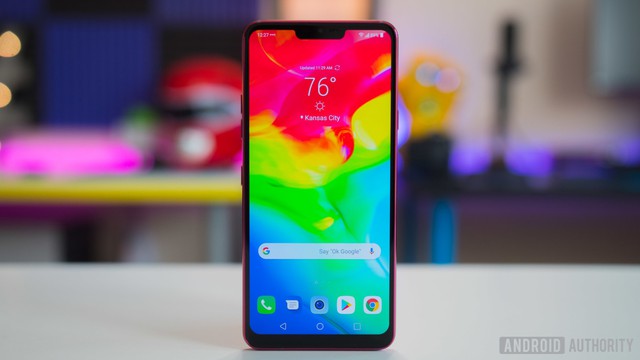
It’s a great idea and works well in practice, delivering a dramatic increase in volume. However, the sound quality cannot be as good as the stereo speakers. If this feature appears on low-end smartphones that are not equipped with stereo speakers, it will probably be very welcome.
Self-healing back panel
A phone that can erase scratches on its own may sound like science fiction, but LG has made the idea a reality not once but twice with the LG G Flex and LG G Flex 2.
G Flex’s self-healing technology helps light scratches slowly disappear over a period of several minutes. This technology has been improved on the G Flex 2, taking less than 30 seconds to erase light scratches. It doesn’t work on deep scratches and heavy damage, but it’s certainly a feature that helps LG’s phones retain their beauty after a long time of use.
Unfortunately, this feature did not follow the trend of the smartphone industry and was removed.
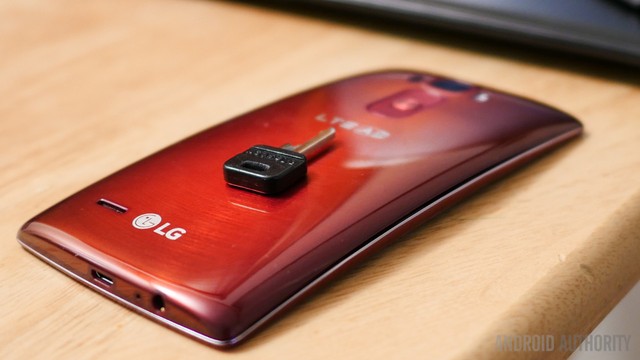
It’s a pity that the smartphone industry has lost its presence, because the company is clearly not afraid to try new things. While some innovations may not be successful, they also bring a lot of excitement to the mobile industry.
Reference: AA
Source : Genk
